What Is Discovery Learning? Principles, Challenges & More
Discovery learning empowers learners to take complete control over their training through active experimentation and exploration. Read now to understand its principles.
Discovery learning empowers learners to take complete control over their training through active experimentation and exploration. Read now to understand its principles.
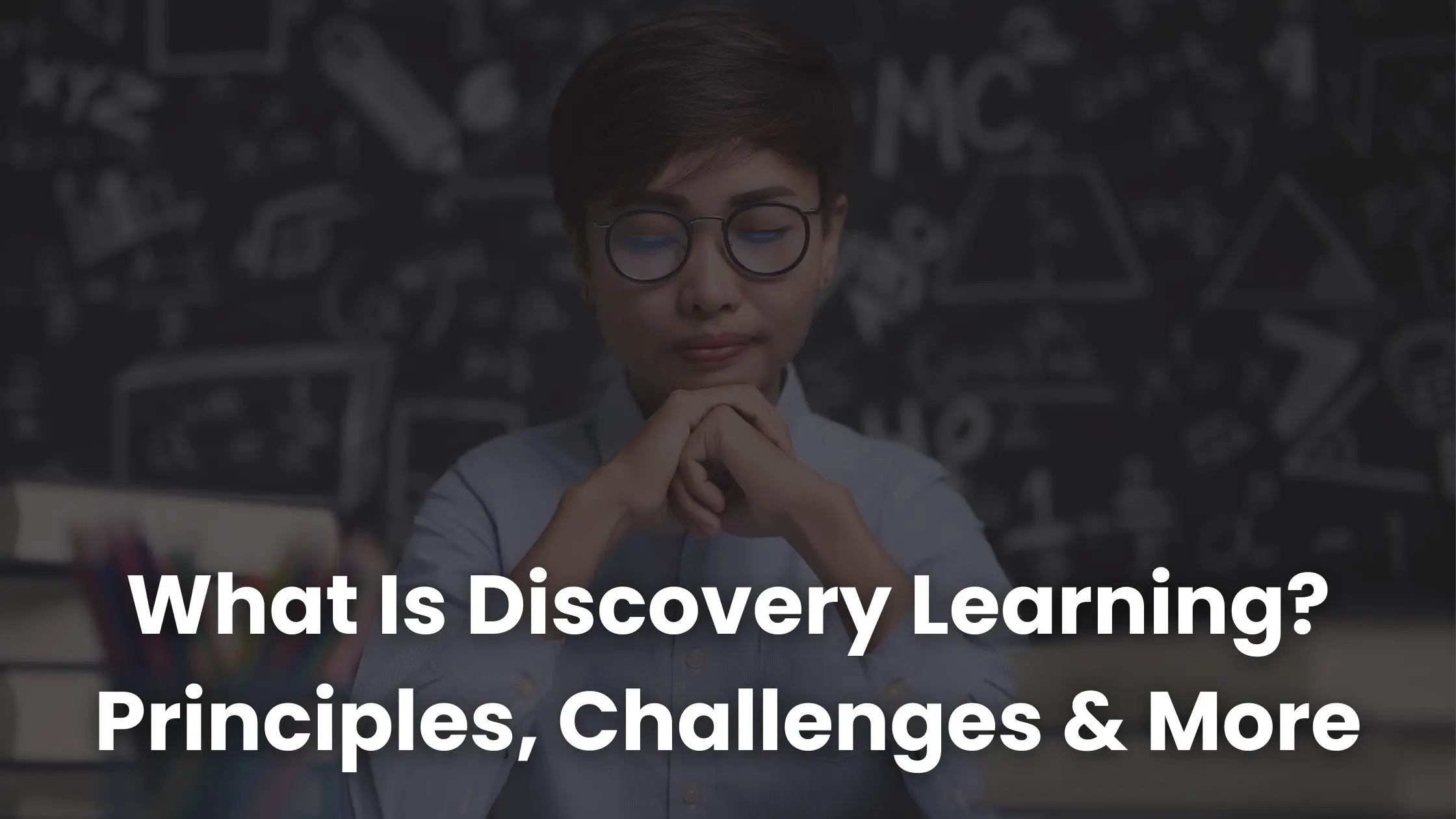
Have you noticed how traditional training sessions sometimes leave learners zoning out or just trying to memorize facts? It’s quite common because passive learning often doesn’t stick or inspire real growth. That’s where discovery learning changes the game.
Instead of simply telling your team what they need to know, discovery learning invites them to explore, experiment, and find solutions on their own. This hands-on approach doesn’t just focus on building knowledge. It creates curiosity, boosts problem-solving skills, and makes learning genuinely engaging.
Discovery learning is all about empowering learners to take charge of their own journey. In this article, we’ll discover what is discovery learning, its principles, and how you can bring it to life in your own corporate training.
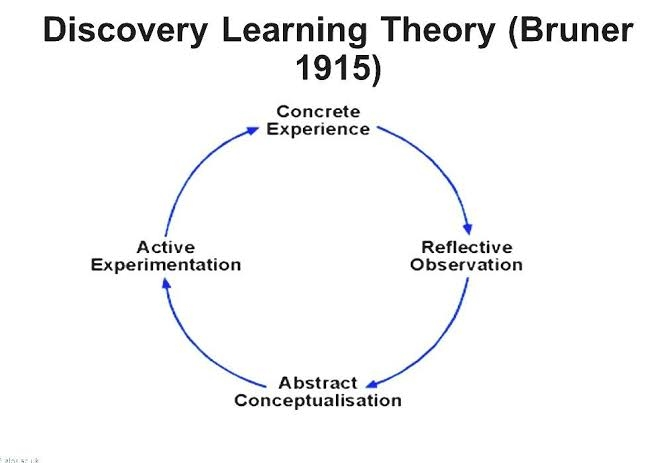
Discovery learning is an instructional approach that originated from the work of educational psychologist Jerome Bruner. It enables learners to take control of their education by actively exploring and experimenting. They seek answers on their own instead of passively receiving facts from an instructor.
This approach leverages constructivist theories, which propose that learners build knowledge by connecting new information with prior experiences and personal investigation.
Discovery learning empowers learners to engage with material through interaction and inquiry. This way, they make sense of concepts themselves rather than being told what to learn. This approach transforms learners into investigators who construct their understanding in personally meaningful ways.
If you want learners to truly engage and take ownership of their training, you must understand the key principles of discovery learning. Let’s take a closer look at each principle and how you can implement them in your training or classroom.
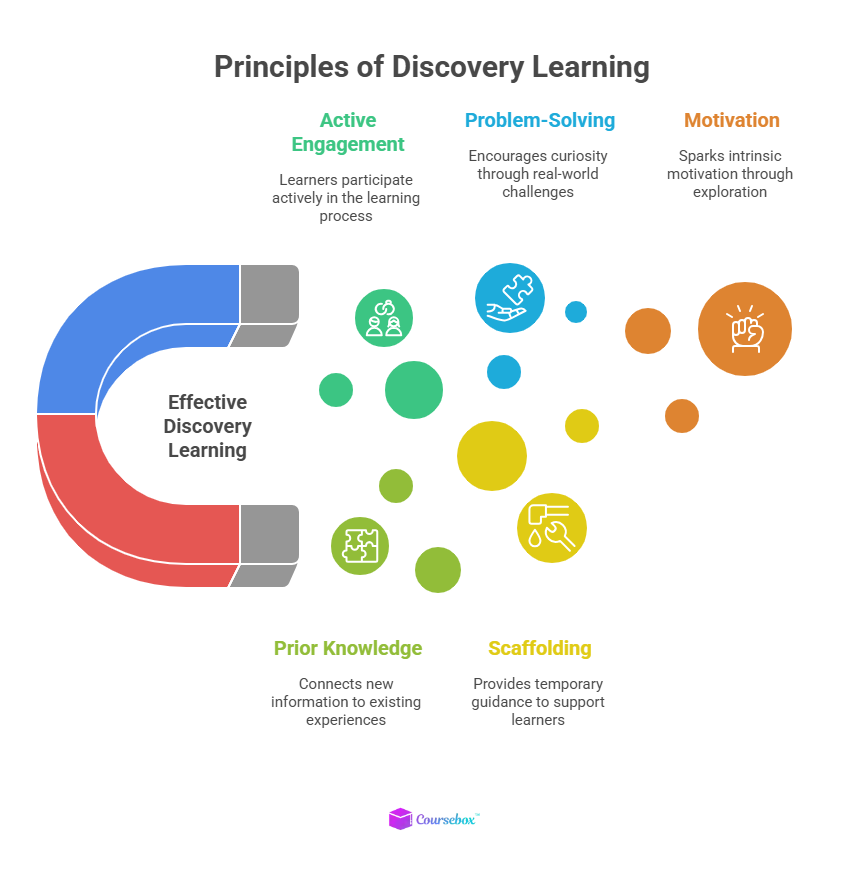
You want your learners to be more than just passive listeners or note-takers. Active engagement involves creating opportunities for students to explore, experiment, and interact with the material in hands-on ways. When learners are actively engaged, they’re more likely to internalize the concepts and retain knowledge for a longer period.
For example, instead of just explaining a concept, you might have your team run through a simulation or test different strategies on their own. This “learning by doing” approach helps the material stick and keeps motivation high.
Your learners don’t come to the table empty-handed. They bring experiences, ideas, and knowledge that you can build on. Connecting new concepts to what they already know helps make learning relevant and meaningful.
Say you’re introducing a new software tool. Start by asking learners about similar tools they have used or challenges they have faced, then link that prior knowledge to features of the latest software. This connection makes the new information easier to grasp and apply.
Discovery learning thrives on curiosity and questions. When you pose real-world problems or open-ended questions, you invite learners to investigate, hypothesize, and test solutions on their own.
Imagine giving your marketing team a challenge to create a campaign for a new product without a set formula. By exploring possibilities and testing ideas collaboratively, they develop problem-solving skills that go way beyond memorizing guidelines.
As much as you want learners to explore independently, you know some guidance is necessary. Scaffolding refers to providing temporary support, such as prompts, hints, or resources, that help learners navigate new or challenging material without frustration.
For instance, if you’re teaching a complex process, you might start with guided steps and gradually remove support as learners gain confidence. This way, they feel empowered rather than overwhelmed.
People learn best when they are genuinely interested in the subject. Discovery learning taps into this by making learning a process of exploration and self-discovery. When learners feel curious and see the relevance of what they’re doing, they naturally stay engaged and motivated.
Try presenting learners with intriguing questions or real challenges related to their roles. When people have ownership over something, it instills pride and a desire in them to succeed in it.
Discovery learning can make your corporate training more engaging and impactful. But how do you bring this learner-centered approach into busy workplace settings? Here are some practical strategies:
Completely open-ended discovery can be overwhelming in a corporate environment, where time is tight and objectives are well-defined. That’s why guided discovery works best. As a trainer or instructor, you provide your learners with a clear problem and sufficient support to explore confidently, without leaving them lost.
Understand it this way. Imagine you want your sales team to improve handling difficult customer situations. Instead of just lecturing on communication techniques, you provide them with a detailed customer case study with guiding questions like, “What is the customer’s main concern?” and “What possible remedies can you offer?”
Meanwhile, you or the LMS tool stands ready to offer hints or feedback as they work through the scenario. This keeps learners motivated while giving them the freedom to think critically.
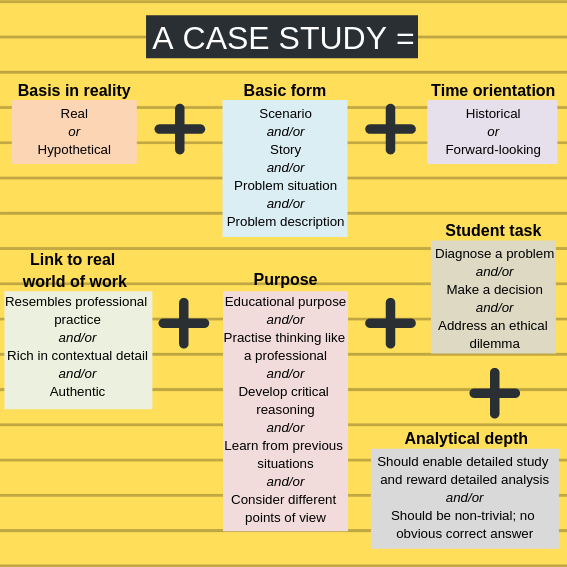
One of the most effective ways to let your learners discover is by understanding real-world business challenges. In this format, participants investigate the scenario, identify problems, brainstorm potential solutions, and develop action plans.
Say you’re training new managers. You could present them with an ethical dilemma, such as handling whistleblower reports. As they analyze company data and employee feedback, they discuss and debate possible courses of action, which deepens their understanding of organizational values while also building leadership skills.
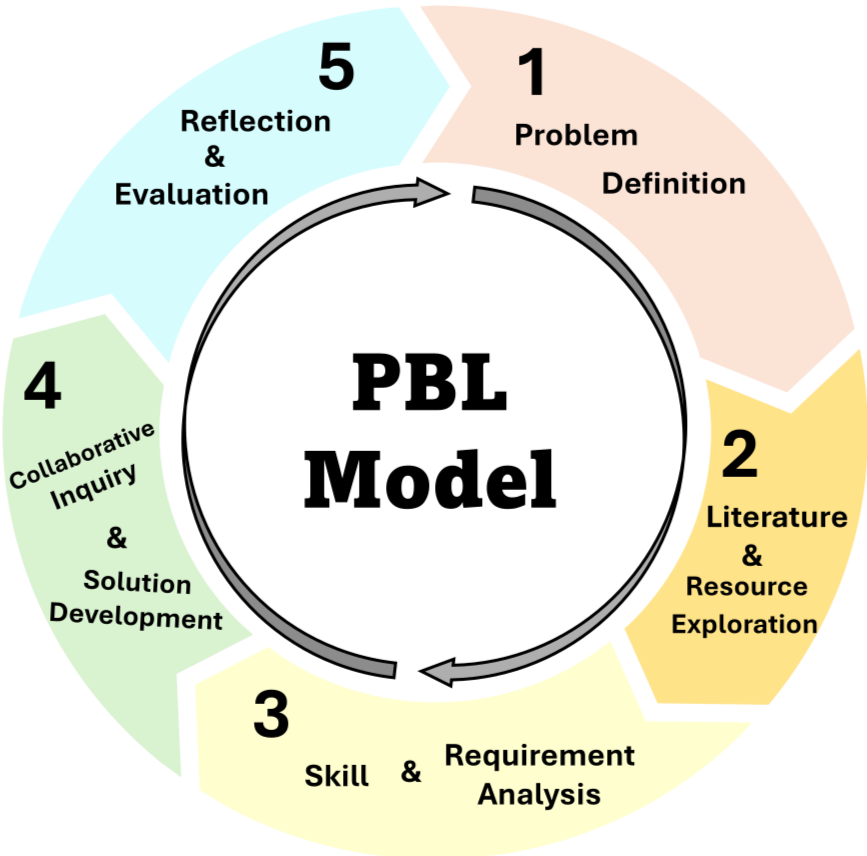
Problem-Based Learning is a form of discovery that’s perfect for today’s dynamic workplaces. Here, your teams tackle complex, often vague problems that don’t have straightforward answers. Working in small groups, they explore different resources and perspectives to devise solutions.
Suppose your IT team is facing a cybersecurity breach. In this situation, you can just hand them a checklist. Instead, you should let them investigate system logs, identify vulnerabilities, and test fixes. This hands-on problem-solving not only hones technical skills but also encourages teamwork and creative thinking.
While discovery learning is highly effective, it comes with challenges that require thoughtful management. Here is what you should consider before implementing it:
Addressing these considerations ensures discovery learning environments are accessible and effective.
Coursebox’s AI-powered platform is well-suited for discovery learning. The platform empowers trainers and educators to design, deliver, and refine experiential courses.
Coursebox features interactive course components, including quizzes, simulations, and project-based activities, that align with various learner competencies. Moreover, it offers immediate feedback and chatbot guidance, providing scaffolding to help learners move forward confidently.
The platform also accommodates blended learning models, giving learners autonomy while providing structure.
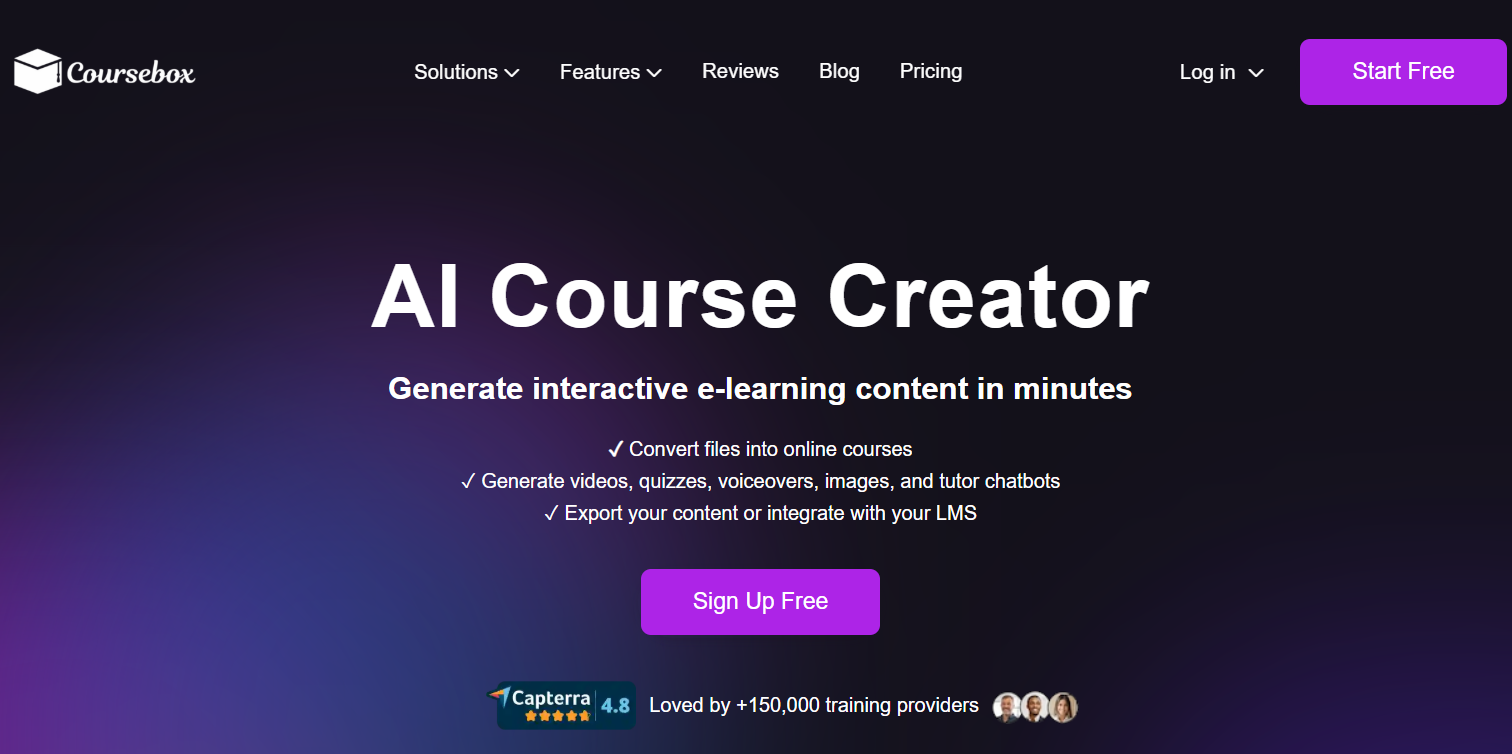
With Coursebox, you can seamlessly blend AI-driven content creation and real-time learner support. Sign up for free now to unlock the potential of discovery learning!
Discovery learning puts the learner in the driver’s seat. Instead of passively receiving information in traditional training, learners actively explore problems, ask questions, and uncover solutions themselves. This hands-on, inquiry-driven approach not only helps you understand concepts more deeply but also develops skills such as problem-solving and creativity that last long after the training ends.
Absolutely! While discovery learning especially benefits learners who enjoy exploring and experimenting, it can be adapted to fit different learning styles by providing the right level of guidance (or scaffolding). Whether you prefer working independently, collaborating with peers, or receiving step-by-step coaching, discovery learning designs can be tailored to support your unique preferences and pace.
Discovery learning can be effectively integrated into corporate training through guided discovery activities, such as case studies, problem-solving challenges, or simulations, that directly relate to daily work tasks. These bite-sized, meaningful tasks fit well into existing schedules while boosting engagement and helping learners apply new skills right away.
In a discovery learning environment, trainers act more like guides or coaches rather than lecturers. Their job is to provide resources, ask thought-provoking questions, offer timely feedback, and gradually reduce support as learners become more confident. This scaffolding ensures learners are challenged without feeling overwhelmed, enabling steady growth and independence.
Coursebox uses AI-powered tools to make discovery learning simpler and more effective. It helps create interactive activities like quizzes, simulations, and project-based tasks aligned with learners’ skill level and competency goals. Additionally, Coursebox provides instant feedback and chatbot support that functions like a personal coach, helping learners stay on track as they explore and learn independently.
Get started for free today.
